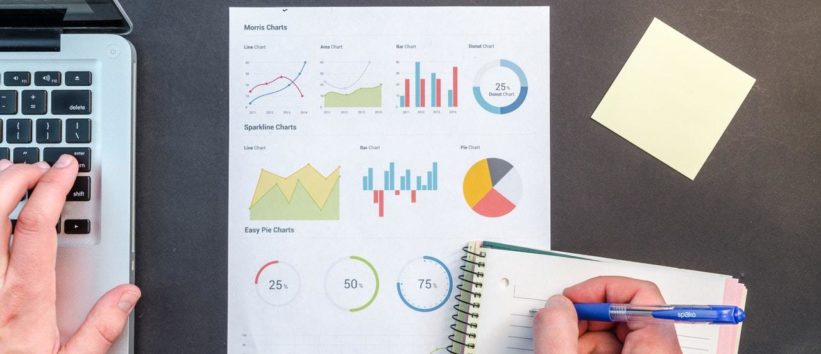5 Ways to Keep Your Portfolio Secure
von Andrew McGuinness Juli 16, 2019

When creating an investment portfolio, it is necessary to keep in mind that investing and taking risks go hand in hand. No portfolio will ever be safe from sustaining a loss or two. For this reason, you need to inform yourself concerning the ins and outs of the stock market, as well as ways in which you can keep your portfolio as far away from harm as you possibly can. Here are five ways to keep your portfolio secure.
1. Diversification
In order to maintain a portfolio that is prepared for risks, market crashes, and all types of losses, it is necessary for an investor to diversify their portfolio. While you should keep a large percentage of your funds for retirement in exchange traded funds (ETFs) or stock mutual funds, the rest of your money may be distributed amongst other investments.
In order to prepare for any loss you may suffer, it is important to consider all baskets that you could put your eggs in rather than sticking to one. Become familiar with not only the common stocks and bonds, but with real estate, derivatives, cash value life insurance, annuities, precious metals and alternative holdings as well. Nothing you invest in comes with the guarantee of returns or the reassurance that no substantial losses will be suffered. For this reason, it is advised that you spread or diversify your investments as much as possible.
2. Avoid rock bottom at all costs
If you start to notice a considerable amount of instability occurring in the market, greatly affecting stocks you have invested in, pull your investments as soon as possible. If you note a substantial loss, it may be a sign of the even greater losses you may suffer by maintaining your investment with this stock. So, if you start to witness drastic drops in any of the investments within your portfolio, switch the funds to another type of investment with more potential.
3. Get rid of debts
If you have an investment portfolio as well as debt, it is necessary to think of your portfolio more critically. This means if you start to see a wave of losses beginning to hit your investment portfolio, you are better off liquidating a majority if not all of your investments. By liquidating any failing investments, you will be able to pay off debts. This means that you will have to waste less money on interest rates due to debt. Ideally, it is best to pay off all debt prior to creating an investment portfolio. This allows you to take only risks that you are capable of taking.
4. Go for safe investments
No investment is safe to the point that returns rather than losses are guaranteed. However, there are always some investments that are much safer than others. In order to keep a somewhat safe investment portfolio, a small percentage of your capital should be invested in these safe stocks. For those interested in investing for shorter periods of time, bank CDs and treasury securities are your best bet. For long-term investors, the safest investments would be indexed annuities, fixed annuities, universal life insurance, and corporate bonds.
5. Make the most of taxes
In order to take advantage of your losses and make the most of taxes, there is a thing called tax-loss harvesting. Tax-loss harvesting is when you sell the stocks that have been causing you to suffer losses and buy them back one month later. This allows you to write off the investment. You are allowed to write off up to $3,000 in losses.
